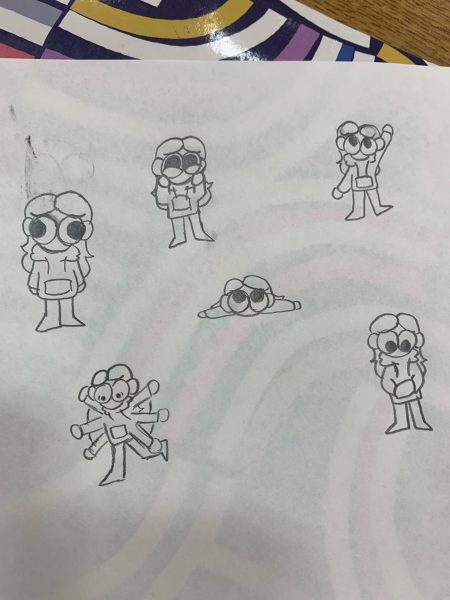Books to Read During Black History Month
February 5, 2021
Black History Month takes place during the month of February and is a time to honor Black people who are often pushed into the shadows of history. Black people have shaped much of our history and their impact is seldom acknowledged. One way to celebrate Black History Month is to get educated on the role of Black people in our history. The best way to do this is to be taught from Black people themselves, as this offers a perspective that non-Black people cannot fully understand no matter how hard they try. Here are books to read in order to be educated on these issues and how to fix them:
“I’m Still Here” by Austin Channing Brown
“Eloquent Rage” by Brittany Cooper
“We Should All Be Feminists” by Chimamanda Ngozi
“How to Be an Antiracist” by Ibram X. Kendi
“So You Want to Talk About Race” by Ijeoma Oluo
“Minority Leader” by Stacey Abrams
Another way to celebrate Black History Month by reading is to read the memoirs of Black people. Biographies and autobiographies are a great way to try and understand the hardships and challenges that Black people have overcome to get to the position they made it to, or even to simply survive. Some books that fall into this categories are:
“Becoming” by Michelle Obama
“Picking Cotton: Our Memoir of Injustice and Redemption” by Erin Torneo, Jennifer Thompson-Cannino, and Ronald Cotton
“I Know Why the Caged Bird Sings” by Maya Angelou
Black people are hardly represented in regular media so it is also good to read fictional novels written by and about them. Morals and lessons can easily be learned through fictional stories, and for younger people it could be the best way. The lessons learned from reading should not be exclusive to older people, but rather they should be taught to all ages in order to combat racism. A fictional plot can also be an easier way to learn the same things that nonfiction writing does. It can even be easier for even adults to understand the heavy ideas that are discussed through fiction. Examples of these fictional books that range in age ratings include:
“Ghost Boys” by Jewell Parker Rhodes
“Homegoing” by Yaa Gyasi
“White Teeth” by Zadie Smith
“Children of Blood and Bone” by Tommi Adeyemi
“Sing, Unburied, Sing” by Jesmyn Ward
“Kindred” by Octavia E. Butler
“The Hate U Give” by Angie Thomas
“The Bluest Eye” by Toni Morrison
“I learned a lot while reading [“The Hate U Give”], particularly about how social justice is often affected by race when it shouldn’t be,” said Olivia Herald, 12.
“The Hate U Give” is a perfect example of learning through nonfiction. It is appropriate for high schoolers and teaches about the inequality of social justice when they might not have learned about it otherwise. It is written in a format that teens may actually choose to read on their own and enjoy it on their own time.
Black History Month is very important because it brings attention to an issue that is often silenced. Racism is all around the world and it is hard for a person to see if they are not informed. It is hard to understand the struggles if a person does not know of the struggles. It is hard to protest if a person does not understand what they are protesting. It is hard to learn about the presence of Black people in history if people do not listen to Black people. This Black History Month is the first one since the protests of George Floyd’s murder. There are countless other incidents that do not reach the eyes of the public and the racism continues. This year, learn from the past and also what you need to do in the future.

